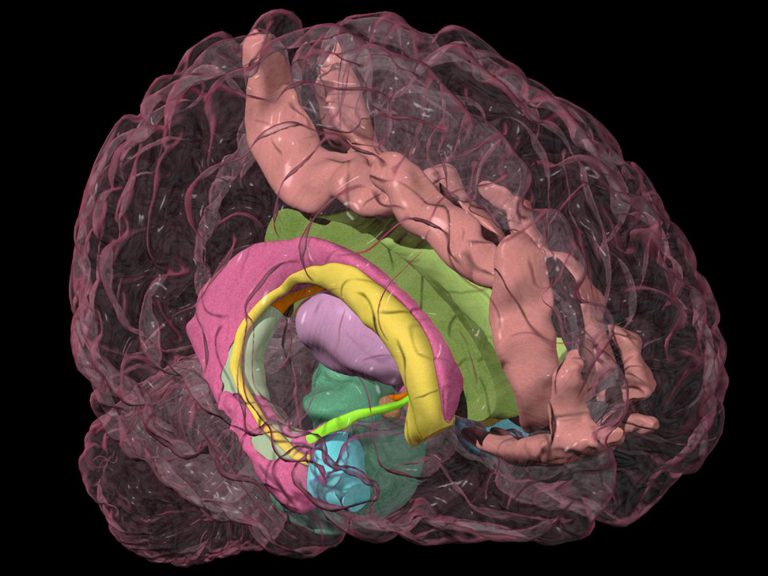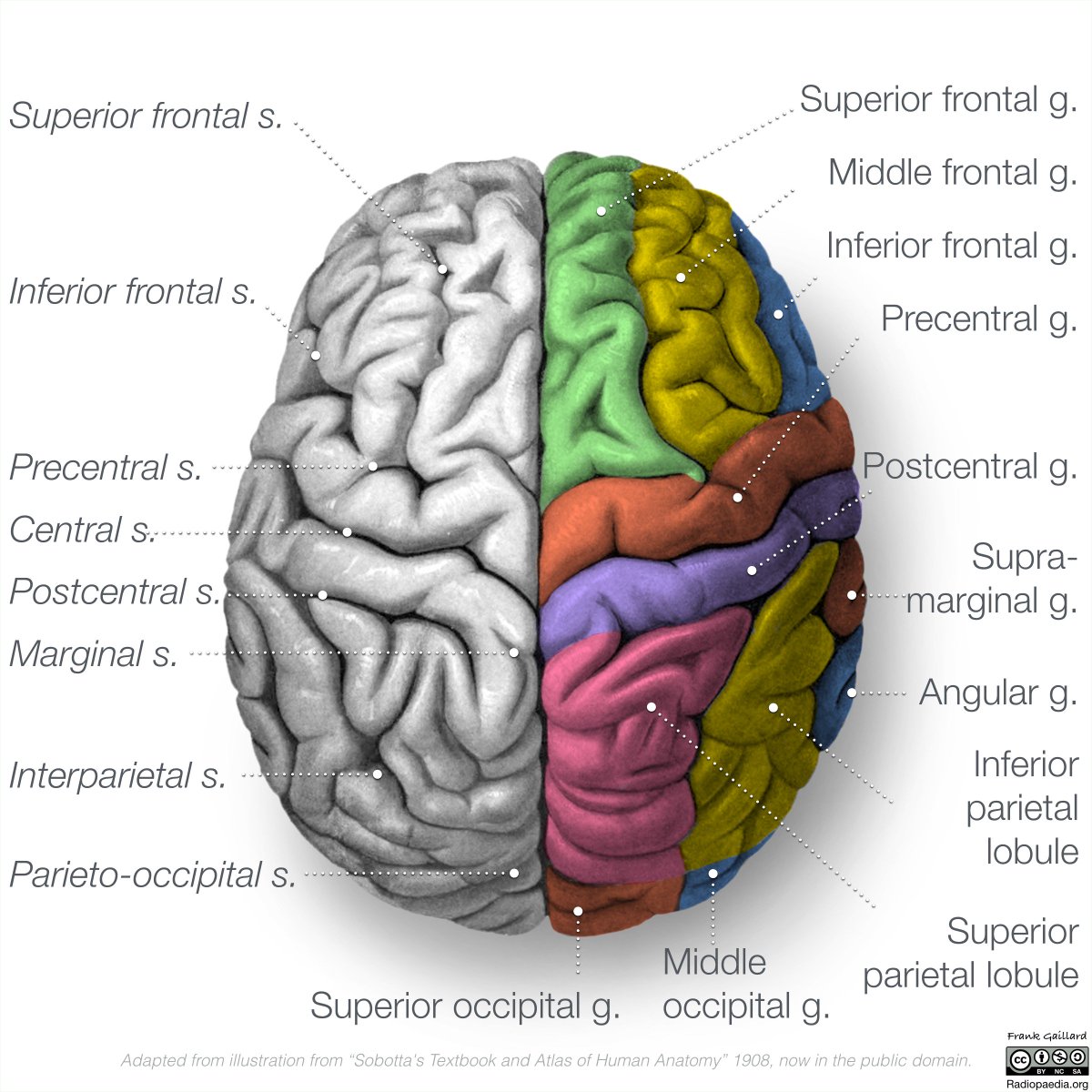

The left hemisphere is dominant in hand use and language in about 92% of people.įigure 2. The right hemisphere controls creativity, spatial ability, artistic, and musical skills. In general, the left hemisphere controls speech, comprehension, arithmetic, and writing. Not all functions of the hemispheres are shared. If a stroke occurs on the right side of the brain, your left arm or leg may be weak or paralyzed. Each hemisphere controls the opposite side of the body. 2) They are joined by a bundle of fibers called the corpus callosum that transmits messages from one side to the other. The cerebrum is divided into two halves: the right and left hemispheres (Fig. It performs many automatic functions such as breathing, heart rate, body temperature, wake and sleep cycles, digestion, sneezing, coughing, vomiting, and swallowing. Its function is to coordinate muscle movements, maintain posture, and balance.īrainstem: acts as a relay center connecting the cerebrum and cerebellum to the spinal cord. It performs higher functions like interpreting touch, vision and hearing, as well as speech, reasoning, emotions, learning, and fine control of movement.Ĭerebellum: is located under the cerebrum. The brain has three main parts: the cerebrum, cerebellum and brainstem.Ĭerebrum: is the largest part of the brain and is composed of right and left hemispheres. The brain is composed of the cerebrum, cerebellum, and brainstem (Fig.

The peripheral nervous system (PNS) is composed of spinal nerves that branch from the spinal cord and cranial nerves that branch from the brain. The central nervous system (CNS) is composed of the brain and spinal cord.

The brain controls our thoughts, memory and speech, movement of the arms and legs, and the function of many organs within our body. It assembles the messages in a way that has meaning for us, and can store that information in our memory. The brain receives information through our five senses: sight, smell, touch, taste, and hearing - often many at one time. Protected within the skull, the brain is composed of the cerebrum, cerebellum, and brainstem. Intelligence, creativity, emotion, and memory are a few of the many things governed by the brain. The brain is an amazing three-pound organ that controls all functions of the body, interprets information from the outside world, and embodies the essence of the mind and soul.


 0 kommentar(er)
0 kommentar(er)
